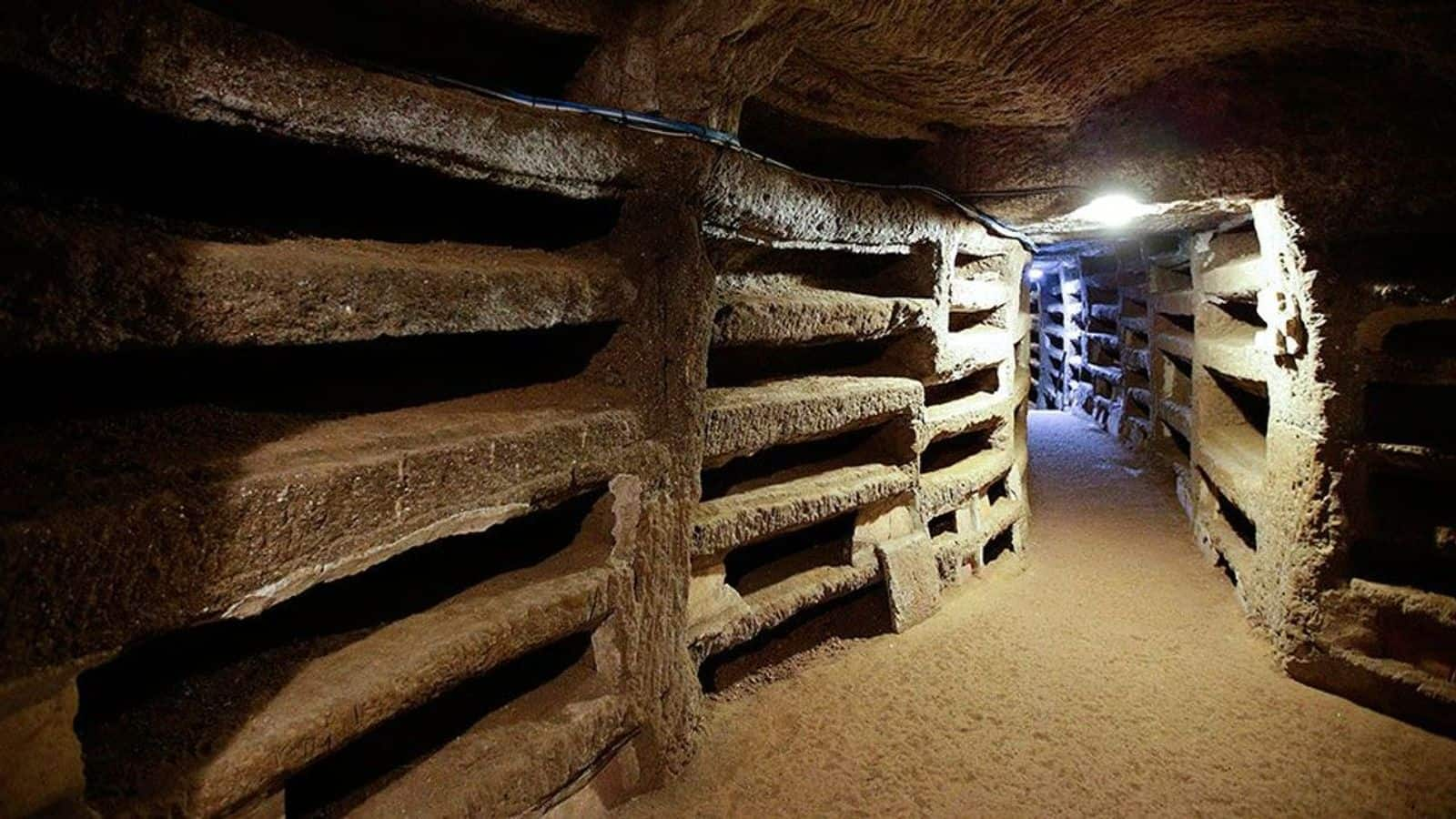
Rome's ancient subterranean secrets: Refer to this things-to-do guide
What's the story
Rome's essence is found not only in its visible architecture but also in its hidden depths. The city's underground catacombs form an extensive maze rich with early Christian and Jewish heritage. These burial chambers provide a window into the funeral customs and spiritual beliefs of ancient societies, revealing a world as complex beneath the surface as the one above.
Recommendation 1
Explore the Catacombs of Callixtus
The Catacombs of Callixtus rank among Rome's most expansive, with over half a million tombs, including those of numerous popes from the second to fourth centuries. This vast labyrinth of tunnels is adorned with early Christian frescoes and crypts that narrate stories of ancient faith and traditions. It also offers a glimpse into the religious practices that shaped centuries past.
Recommendation 2
Venture into the Capuchin Crypt
Underneath the Santa Maria della Concezione dei Cappuccini church, an extraordinary chamber exists. It's adorned with the skeletal remains of more than four thousand Capuchin monks. This crypt serves as a burial place and a poignant memento of life's fleeting nature. The bones are arranged in intricate patterns that captivate and impart a solemn reflection to those who visit.
Recommendation 3
Uncover Domitilla's underground haven
Delve into the Domitilla Catacombs, a sprawling underground network stretching over 17 kilometers, home to a subterranean church from the fourth century. Adorned with frescoes that vividly depict biblical tales and inscriptions, they unveil the names and professions of those interred. These ancient tunnels offer a profound connection to the daily lives of people who lived thousands of years before us.
Recommendation 4
Discover San Sebastiano's sacred grounds
The term 'catacomb' originates from the area around San Sebastiano's underground chambers, once known as ad catacumbas. This complex is a sacred site tied to the memory of early Christian martyrs. Its extensive galleries have welcomed pilgrims for centuries, who come to honor these figures. The site remains a vital component of Rome's rich spiritual history and heritage.